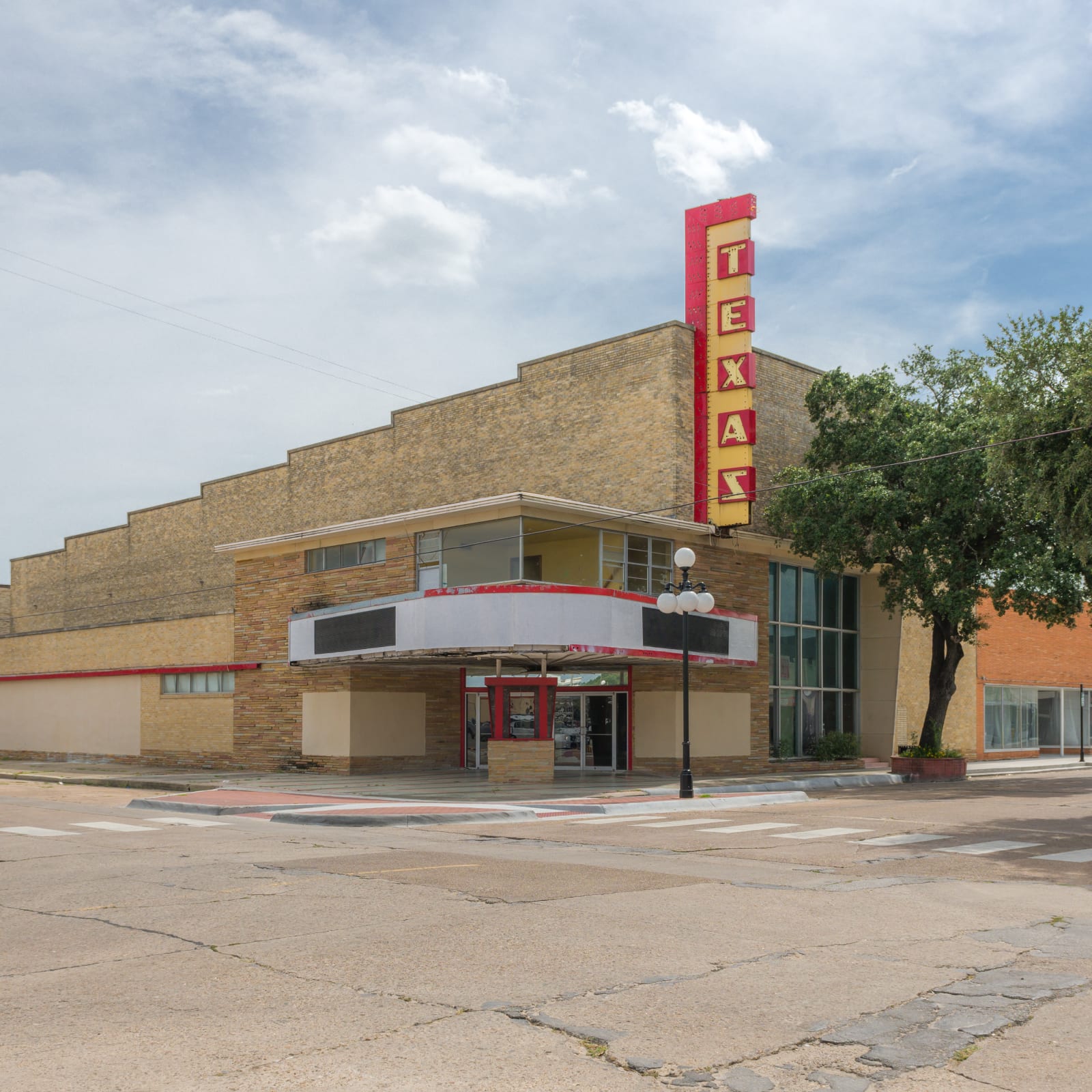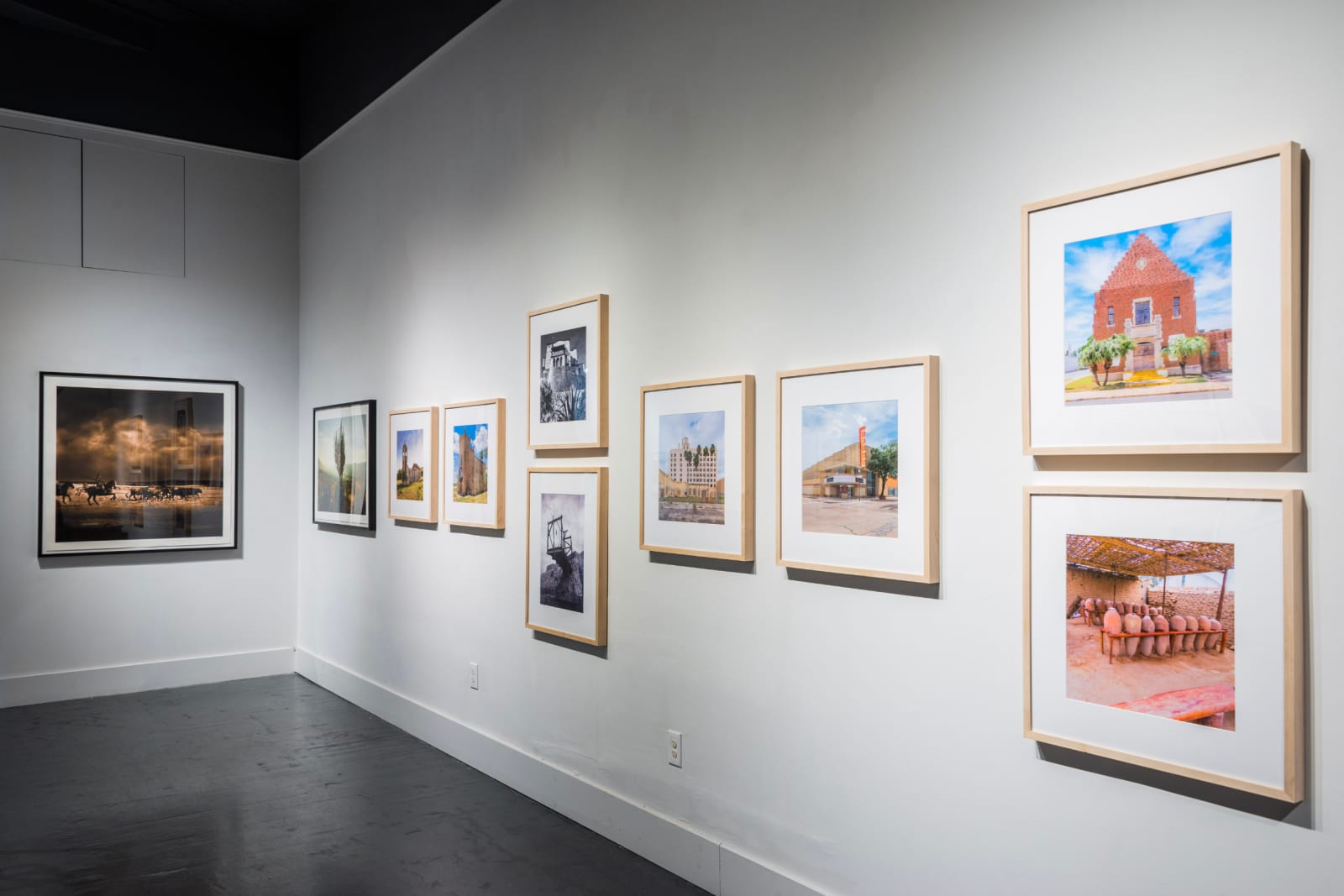


Carlos Limas
Stillness: Kingsville, TX, 2021
Inkjet print on Epson Ultra Premium Archival Luster Paper
16 x 16 in
40.6 x 40.6 cm
40.6 x 40.6 cm
Edition of 5
Further images
'I particularly find dilapidated buildings and old houses visually fascinating. It could be the eerie undertones of mystery they project or just my nostalgia for past times. I reflect on...
"I particularly find dilapidated buildings and old houses visually fascinating. It could be the eerie undertones of mystery they project or just my nostalgia for past times. I reflect on the narrative of a time without cell phones, social media, or internet. With this in mind, I began the Stillness series three years ago capturing the urban and rural landscape of the Rio Grande Valley. I follow a traditional Deadpan style that is very popular in medium format film photography with a 1:1 ratio (a square photo). In this case, this style is emulated by a full-frame digital camera. Deadpan has been adopted for decades by many artists and photographers to represent a subject that lacks any kind of emotion or action. There is no joy or sorrow, and images appear just as they are. In other words, there is a peculiar perception of emptiness, an indifference towards the viewer. I use this style to depict the positioning of the horizon, symmetry, and the use of negative space to find a more appealing visual balance, framing each scene differently depending on the characteristics of each location. I usually go out on weekends early in the morning or late in the afternoon to capture “the golden hour” of light, which I think has a greater impact on textures and colors."



